Imagine standing on the banks of a winding river, the water glinting under a golden sun, birds flitting between trees, and the air alive with the scent of earth. Now imagine that river, for a brief moment in history, being given the same legal rights as a person—its own voice in court, its own defender against harm. This isn’t science fiction. In 2019, the Lake Erie Bill of Rights (LEBOR) granted legal personhood to Lake Erie and its tributaries, including rivers in Ohio. The move was radical, controversial, and deeply emotional, captivating environmentalists and legal scholars alike. But why did this happen, and what does it reveal about our relationship with nature, law, and the future of environmental protection?
The Spark That Lit the Movement: Lake Erie’s Crisis

Lake Erie, once cherished for its beauty and bounty, has suffered for decades from pollution, algal blooms, and industrial runoff. In 2014, the city of Toledo, Ohio, was thrust into crisis when toxins from an algal bloom contaminated the water supply, leaving 400,000 people without safe drinking water for days. The incident shocked residents and illuminated the vulnerability of natural resources, raising urgent questions about accountability and stewardship. People began to wonder: If corporations can have rights, why not the environment itself? This emotional turning point set the stage for a legal revolution.
Legal Personhood: What Does It Really Mean?
Granting legal personhood to a river or lake means the ecosystem gains certain rights typically reserved for people or corporations—such as the right to exist, flourish, and regenerate. This concept is not about turning rivers into citizens, but about giving nature a legal standing in court. If someone harms the river, legal action can be taken on the river’s behalf. Imagine the river as a child in need of a guardian; personhood allows passionate advocates to step in and fight for its wellbeing. It’s an idea rooted in both indigenous worldviews and innovative legal thinking.
The Lake Erie Bill of Rights: A Bold Legal Step

In February 2019, Toledo residents voted on the Lake Erie Bill of Rights, marking the first time in U.S. history that a body of water gained legal rights. The vote passed with a clear majority, reflecting widespread frustration with regulatory failures and a yearning for bold solutions. The new law stated that Lake Erie, along with its watershed—including rivers feeding into the lake—possessed the right to “exist, flourish, and naturally evolve.” This was not just symbolic; it allowed citizens to sue polluters on behalf of the lake and its rivers, turning environmental advocacy into a powerful legal tool.
Science at the Heart of the Debate
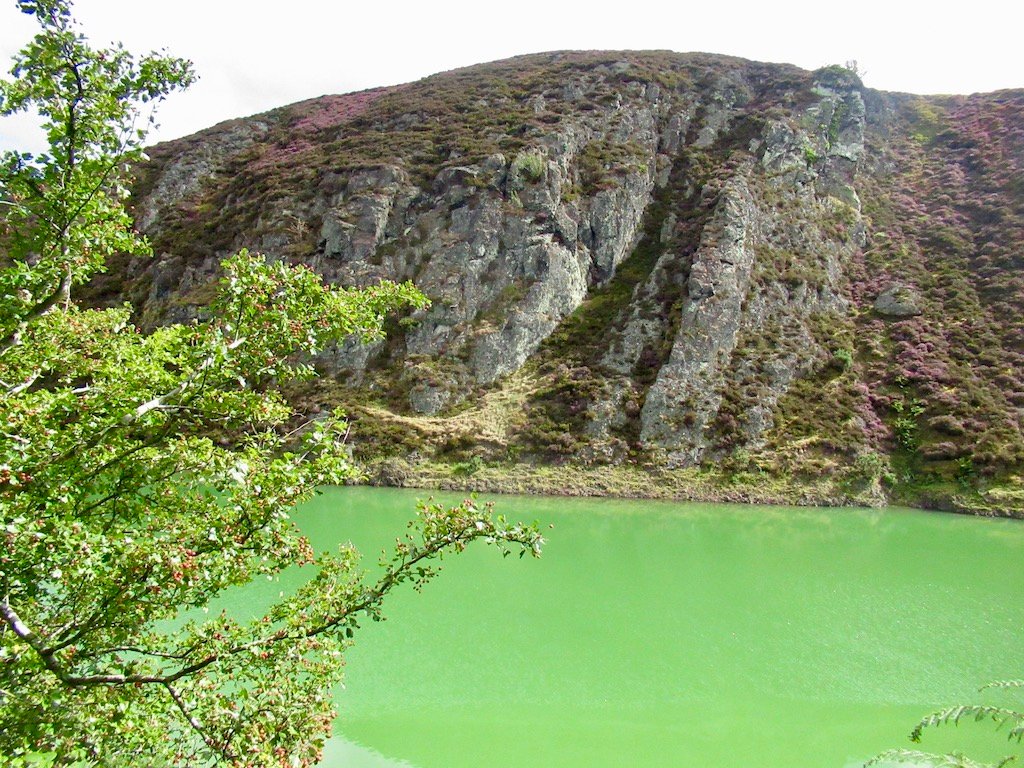
Scientific evidence played a crucial role in the push for legal personhood. Decades of data showed that agricultural runoff, especially fertilizers, was fueling massive algal blooms, suffocating aquatic life and threatening public health. Researchers warned that without stronger protection, the lake’s decline would accelerate. Legal personhood offered a new way to translate scientific warnings into enforceable rights. By bridging science and law, advocates hoped to protect the ecosystem before it reached a tipping point of no return.
Opposition and Legal Challenges
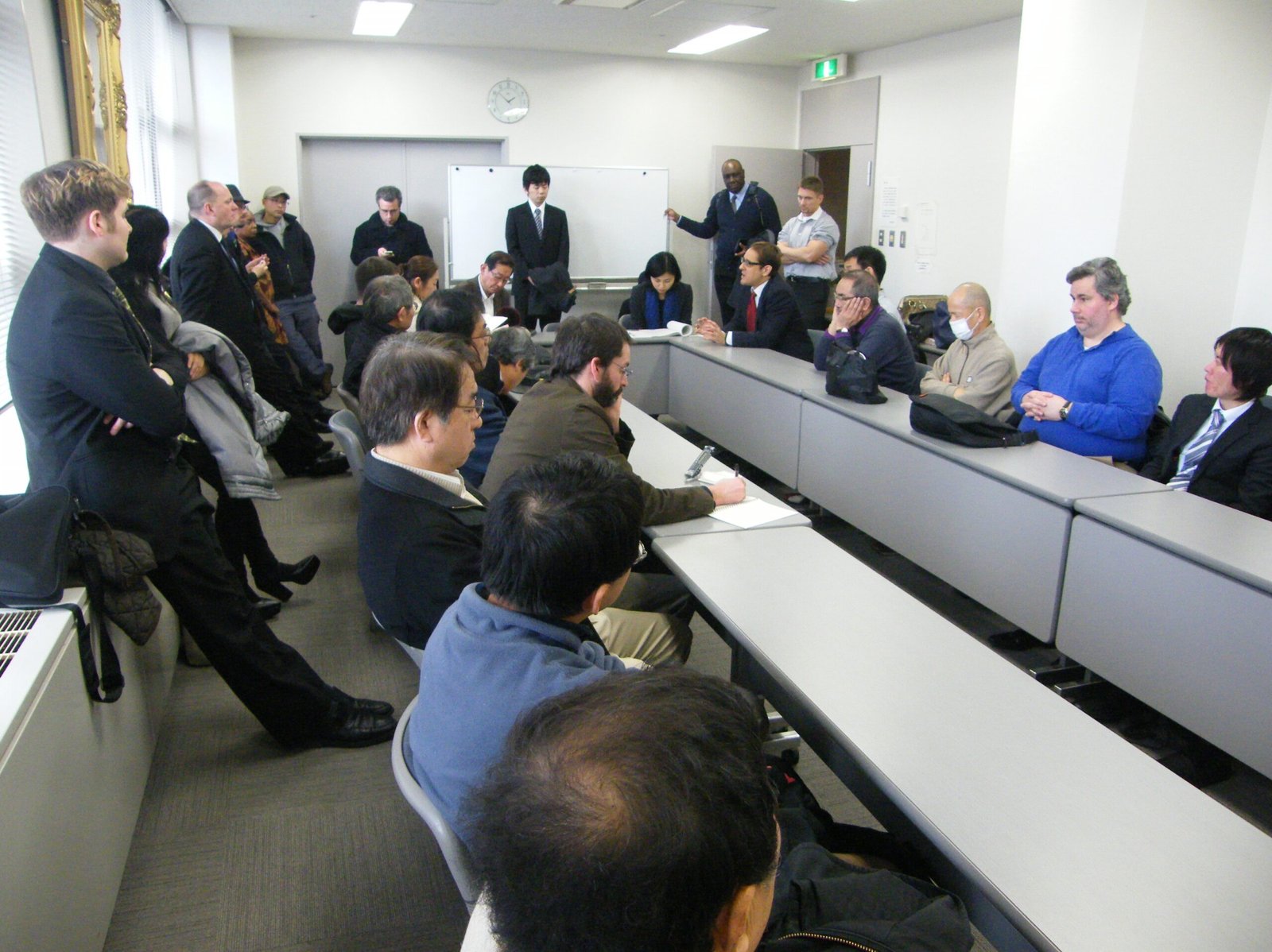
The Lake Erie Bill of Rights was met with fierce opposition from industry groups, state officials, and some local governments. Critics argued that granting rights to a body of water was unworkable and could unleash a flood of lawsuits, threatening farmers and businesses. Within days of the law’s passage, a lawsuit was filed by a farm operation, claiming the measure was unconstitutional and overly vague. The legal battle was swift and intense, and within a year, a federal court struck down the bill, ruling it exceeded municipal authority. The dream of legal personhood for Lake Erie was, at least temporarily, extinguished.
Global Inspirations: Rivers With Rights Around the World
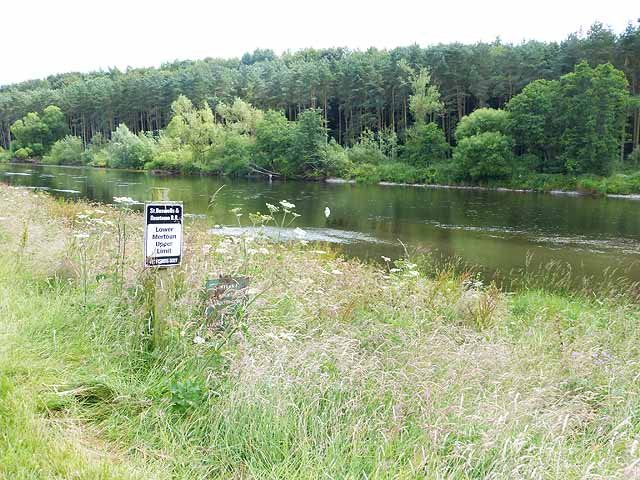
The idea of legal personhood for nature is not unique to Ohio. In recent years, rivers in New Zealand, India, Colombia, and Bangladesh have been granted legal rights, setting powerful precedents. The Whanganui River in New Zealand, for example, is legally recognized as an ancestor, with guardians appointed to represent its interests. These international cases inspired Ohio activists, showing that radical change was possible—and that the law could be a living, breathing tool for protecting the planet.
Emotional Resonance: Why People Fought for the River
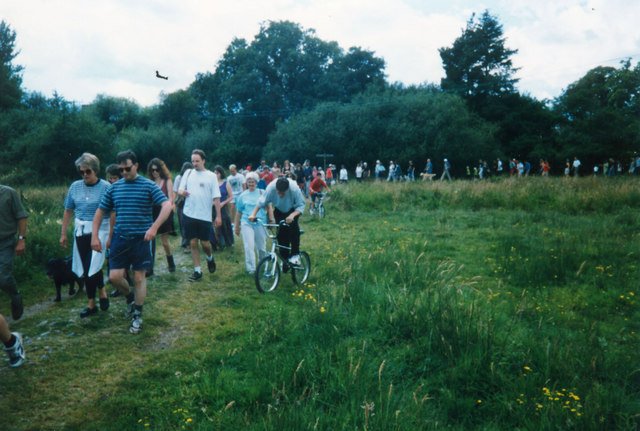
For many residents of Toledo and the Lake Erie watershed, the struggle was deeply personal. Generations had fished, swum, and played along the rivers and lake. Seeing these waters choke with pollution was not just an environmental issue, but a wound to the community’s identity and spirit. The drive to grant personhood to the river was powered by love, outrage, and a desperate hope for change. It was about giving a voice to the voiceless and standing up for something irreplaceable.
Legal Personhood vs. Traditional Environmental Laws

Traditional environmental laws often regulate pollution by setting limits, issuing permits, and punishing violations. But these laws sometimes fall short, especially when enforcement is weak or penalties are seen as just a cost of doing business. Legal personhood flips the script: instead of asking how much harm is acceptable, it asserts that the river has a fundamental right to be free from harm. This reversal challenges the status quo and forces society to rethink its relationship with nature—from exploitation to respect.
The Ripple Effect: Changing the Conversation
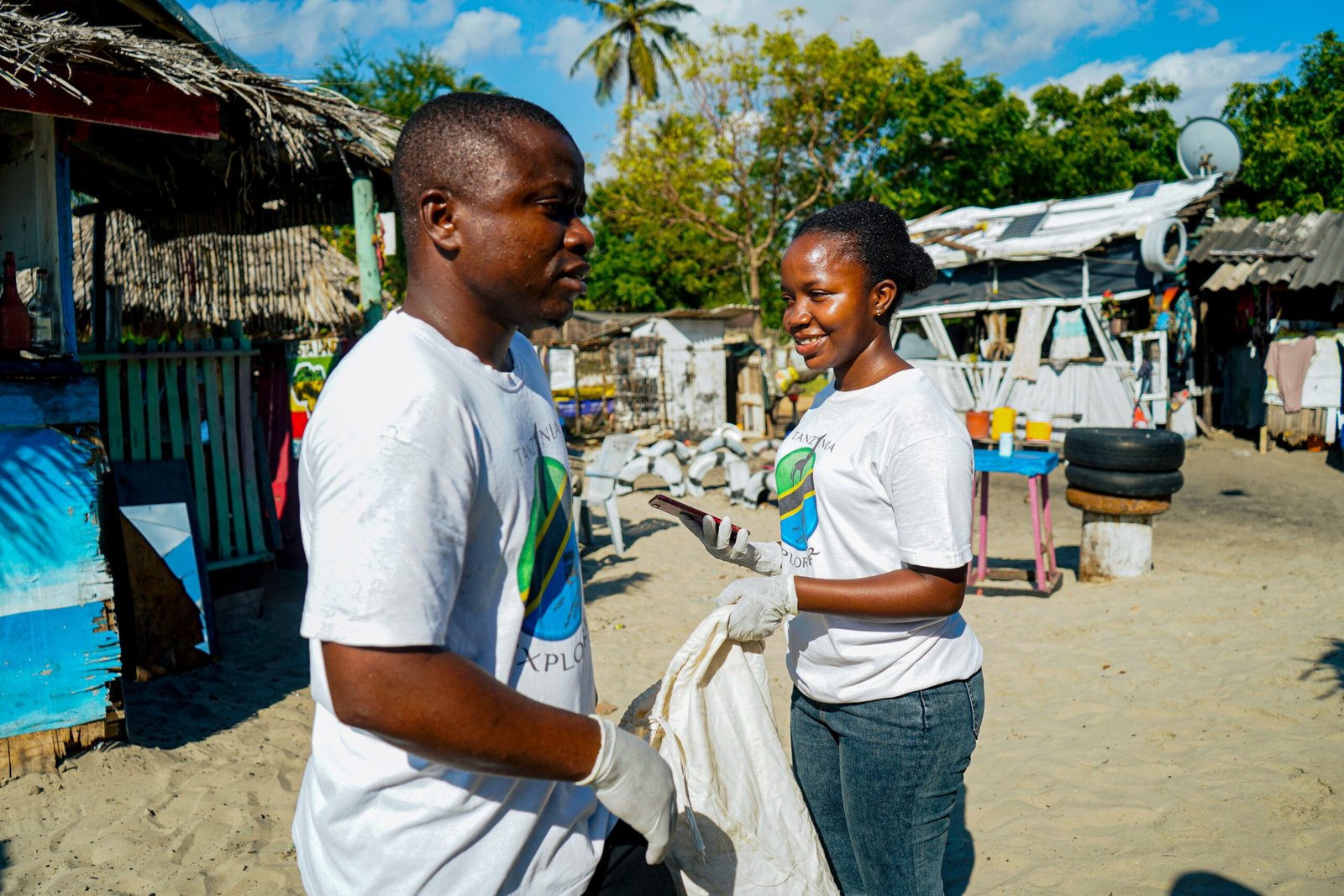
Even though the Lake Erie Bill of Rights was struck down, its impact continues to ripple across the country. The bold experiment sparked debates in city councils, statehouses, and courtrooms. Activists in other states have proposed similar measures, and the idea of rights for nature has become a rallying cry for a new generation of environmentalists. The temporary legal victory in Ohio showed that people are willing to fight for a future where nature is not merely a resource, but a partner.
What’s Next? The Future of Rights for Nature in America
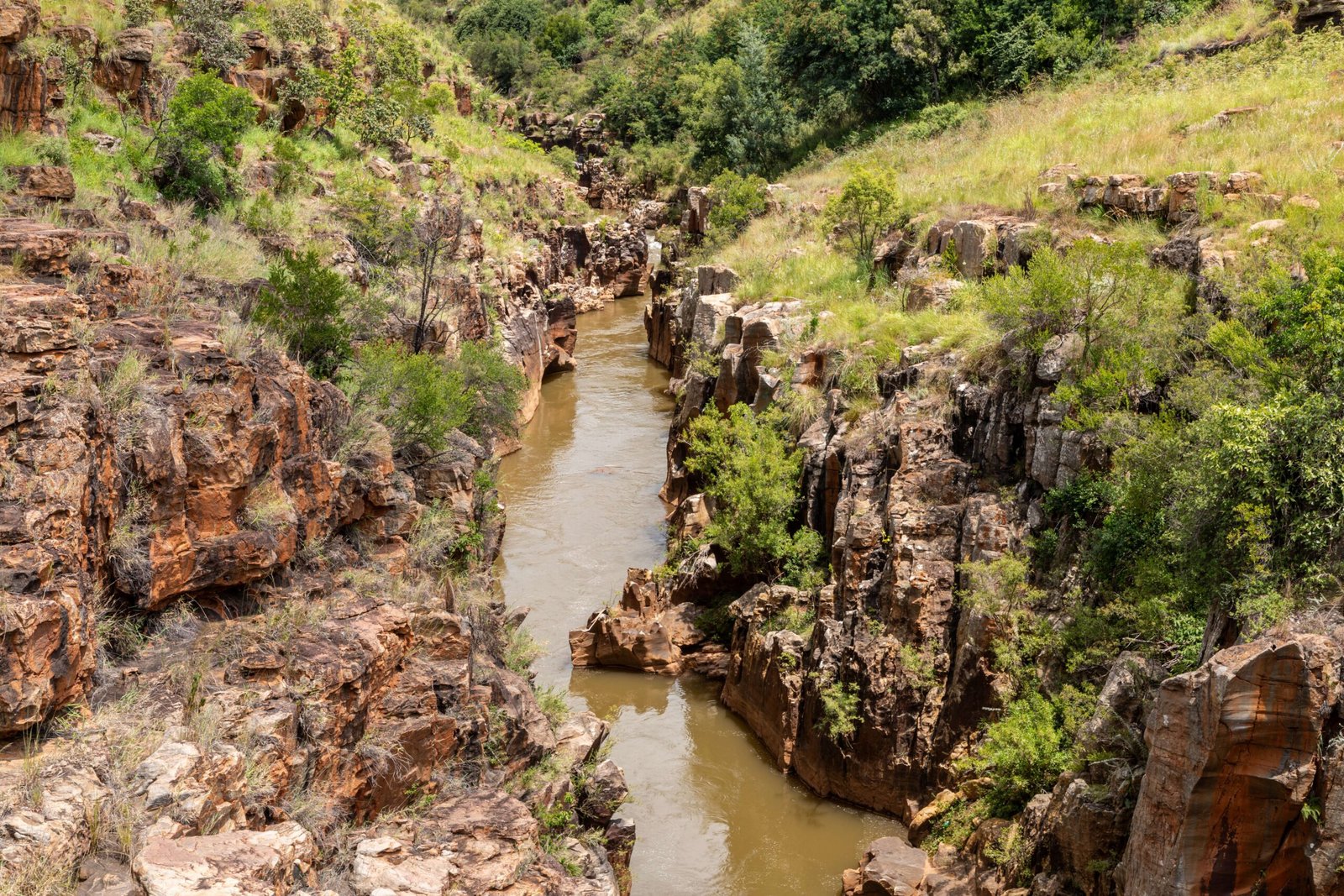
The story of personhood for the Ohio river is far from over. Advocates are exploring new legal strategies, including stronger state laws and constitutional amendments. Scientists continue to sound the alarm about environmental threats, while communities look for ways to reclaim power over their natural resources. The legal battles are fierce, but the emotional and moral momentum behind rights for nature is growing. Some believe it’s only a matter of time before another river—or forest, or mountain—gains legal standing in the United States.
A Lasting Reminder: What the Ohio River’s Personhood Taught Us
The temporary legal personhood of a river in Ohio was more than a legal experiment—it was a statement of values. It asked us to see rivers not as objects, but as living systems worthy of respect and care. It challenged the boundaries of law, ethics, and imagination. And it left communities and lawmakers with an urgent question: How far are we willing to go to protect the natural world that sustains us?



